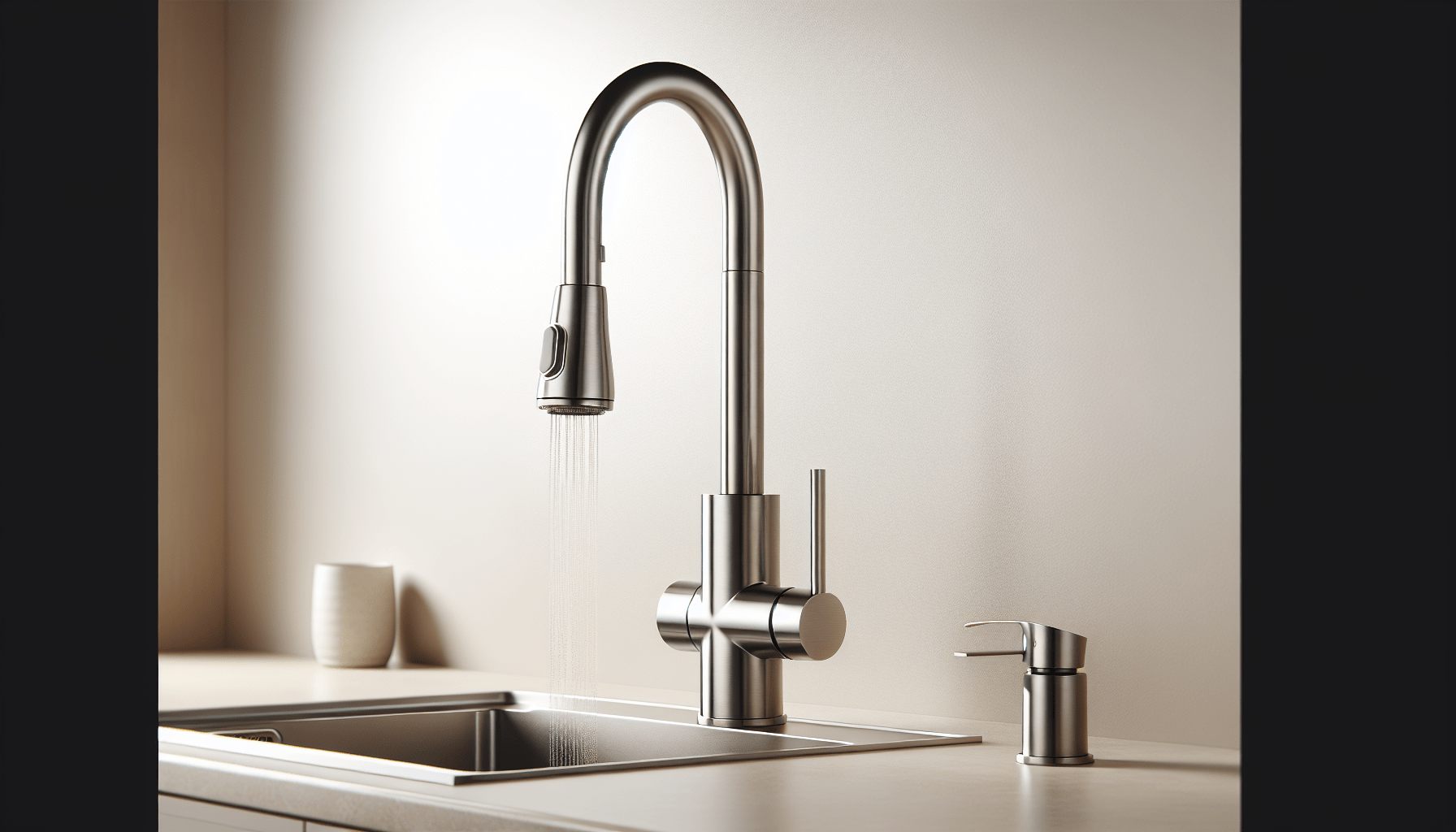Are you interested in pursuing a career as a licensed plumber? Look no further, as this article will provide you with all the essential steps to embark on this fulfilling journey. From obtaining the necessary education and training to gaining real-world experience, you will learn the ins and outs of becoming a licensed plumber. Whether you are starting from scratch or looking to switch careers, this comprehensive guide will equip you with everything you need to know to begin your path towards success. So, let’s get started on this rewarding adventure of becoming a licensed plumber!
Requirements for Becoming a Licensed Plumber
To become a licensed plumber, there are a few key requirements that you must meet. These requirements ensure that you have the necessary knowledge and skills to perform plumbing work safely and effectively. Here are the main requirements you need to fulfill:
High School Diploma or Equivalent
The first step in becoming a licensed plumber is obtaining a high school diploma or its equivalent. This requirement is essential because it demonstrates that you have a basic level of education and are capable of understanding the technical aspects of plumbing work. If you don’t have a high school diploma, you can also earn a General Education Development (GED) certificate as an alternative.
Vocational or Trade School Training
After completing high school, the next requirement is to undergo vocational or trade school training in plumbing. These programs provide comprehensive education and hands-on training in plumbing techniques, tools, and materials. They also cover important topics such as pipefitting, draining systems, and plumbing codes. Vocational or trade school training is crucial as it equips you with the necessary knowledge and skills to excel in the field of plumbing.
Apprenticeship Program
In addition to vocational or trade school training, completing an apprenticeship program is a vital requirement for becoming a licensed plumber. Apprenticeship programs provide the opportunity to gain real-world experience under the guidance of experienced plumbers. This hands-on training allows you to apply the knowledge and skills you learned in trade school to practical situations. Apprenticeships typically last for several years and involve both on-the-job training and formal classroom instruction.
State Licensing Exam
Once you have fulfilled the educational and apprenticeship requirements, the final step is to pass a state licensing exam. This exam tests your knowledge of plumbing theory, regulations, and practical skills. It is designed to ensure that you have a thorough understanding of plumbing principles and can carry out plumbing work safely and effectively. Passing the state licensing exam is crucial as it grants you the official license required to work as a professional plumber.
Education and Training Options
To meet the educational requirements for becoming a licensed plumber, you have a few options to choose from. These options provide different paths to acquiring the necessary knowledge and skills in plumbing. Let’s explore each option in detail:
High School Diploma or Equivalent
As mentioned earlier, obtaining a high school diploma or its equivalent is the first step in becoming a licensed plumber. High school education provides a foundational understanding of various subjects, including math, science, and technical skills. These skills are invaluable in the field of plumbing, where precision measurements and calculations play a crucial role. If you haven’t completed high school, earning a GED certificate is a suitable alternative.
Vocational or Trade School
Attending a vocational or trade school specializing in plumbing is an excellent option for acquiring in-depth knowledge and skills in the field. These schools offer comprehensive programs that cover various aspects of plumbing, including pipe systems, fixtures, codes and regulations, and safety protocols. The curriculum typically combines classroom instruction with hands-on training in workshops or lab settings. Some trade schools also provide specialized training in areas such as gas plumbing or pipefitting.
Apprenticeship Programs
Completing an apprenticeship program is a critical component of becoming a licensed plumber. Apprenticeships provide the opportunity to work alongside experienced plumbers and learn the trade through practical experience. These programs typically combine on-the-job training with classroom instruction. Apprenticeships can last anywhere from two to five years, depending on the program and state requirements. Joining an apprenticeship program allows you to apply the knowledge gained from trade school in real-world scenarios and deepen your understanding of plumbing practices.
Choosing a Plumbing Trade School
When pursuing education and training in plumbing, choosing the right trade school is crucial. A reputable and accredited trade school can provide you with the necessary skills and knowledge to excel in the field. Here are some factors to consider when selecting a plumbing trade school:
Accreditation and Certification
Ensure that the trade school you choose is accredited by a recognized accrediting agency. Accreditation ensures that the school meets certain quality standards and that its programs have been thoroughly evaluated. Additionally, look for trade schools that are certified by industry organizations such as the Plumbing-Heating-Cooling Contractors Association (PHCC). Certification from these organizations indicates that the school meets industry standards and provides high-quality education.
Curriculum and Course Offerings
Review the curriculum and course offerings of different trade schools to ensure they cover all the necessary plumbing topics. Look for schools that offer a comprehensive range of courses, including pipe systems, drainage, water supply, plumbing codes, and safety practices. A well-rounded curriculum will ensure that you receive a well-rounded education in plumbing and have a solid foundation to build upon during your career.
Internship or Job Placement Opportunities
Consider trade schools that offer internship or job placement opportunities as part of their programs. These opportunities allow you to gain valuable hands-on experience while still in school. Working with experienced plumbers in real-world settings will not only enhance your skills but also provide networking opportunities and potential job prospects after graduation. Internship or job placement programs can significantly contribute to your development as a plumber.
Enrolling in Vocational or Trade School
Once you have selected a plumbing trade school, the next step is to enroll in their program. Here’s what you need to know about the enrollment process:
Application Process
Start by filling out the application form for the trade school of your choice. The application will typically require personal information, educational background, and any relevant work experience you may have. Some schools may also ask for letters of recommendation or a personal statement. Make sure to provide accurate and complete information to ensure a smooth application process.
Tuition and Financial Aid
Find out about the tuition fees for the plumbing program and any financial aid options available. Trade school tuition can vary depending on the school and program duration. Research scholarships, grants, and loans that may be available to help cover the costs of your education. Many trade schools also offer payment plans or flexible scheduling options to assist students in managing their financial responsibilities.
Program Duration and Schedule
Consider the program duration and schedule when enrolling in a vocational or trade school. Plumbing programs can range from a few months to a couple of years, depending on the intensity and depth of the program. Additionally, determine whether the school offers part-time or evening classes if you need flexibility due to work or other obligations. Select a program that aligns with your availability and ensures you have enough time to fully immerse yourself in the coursework and training.





